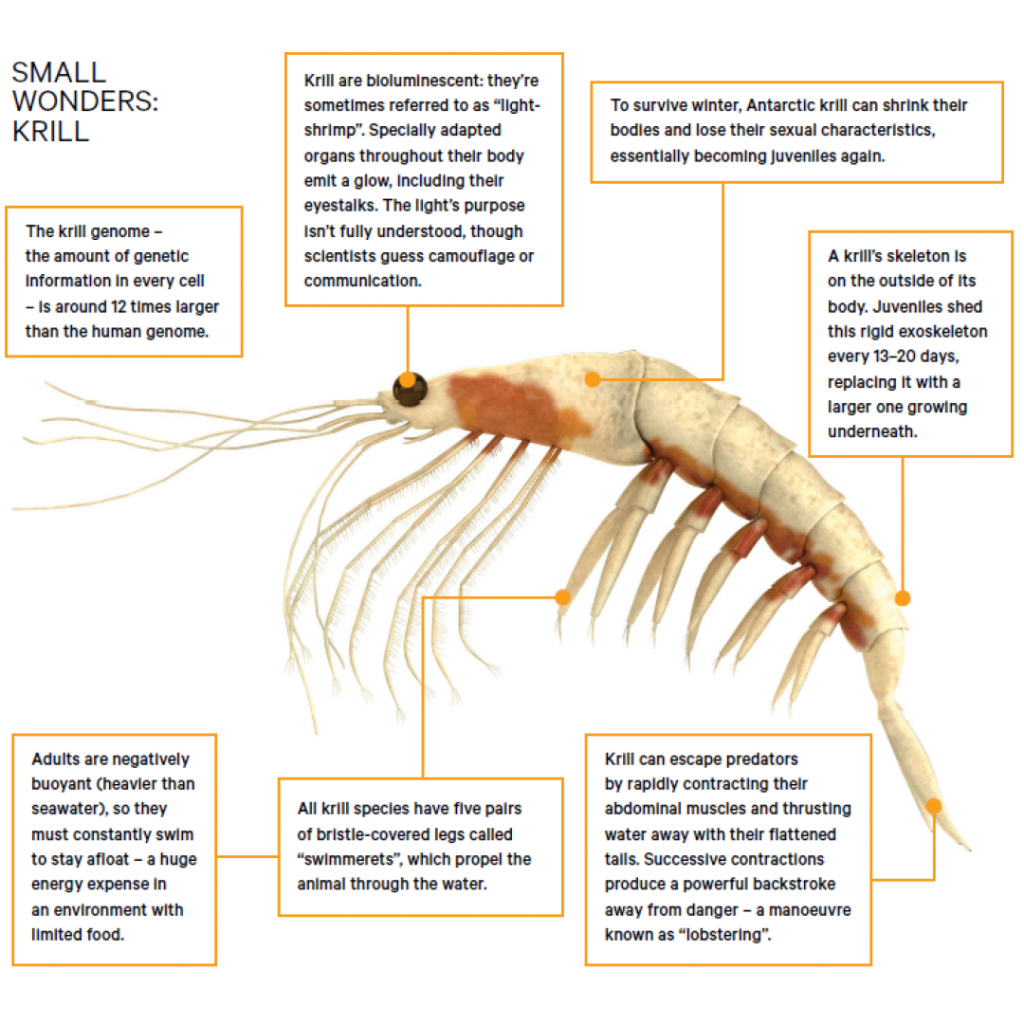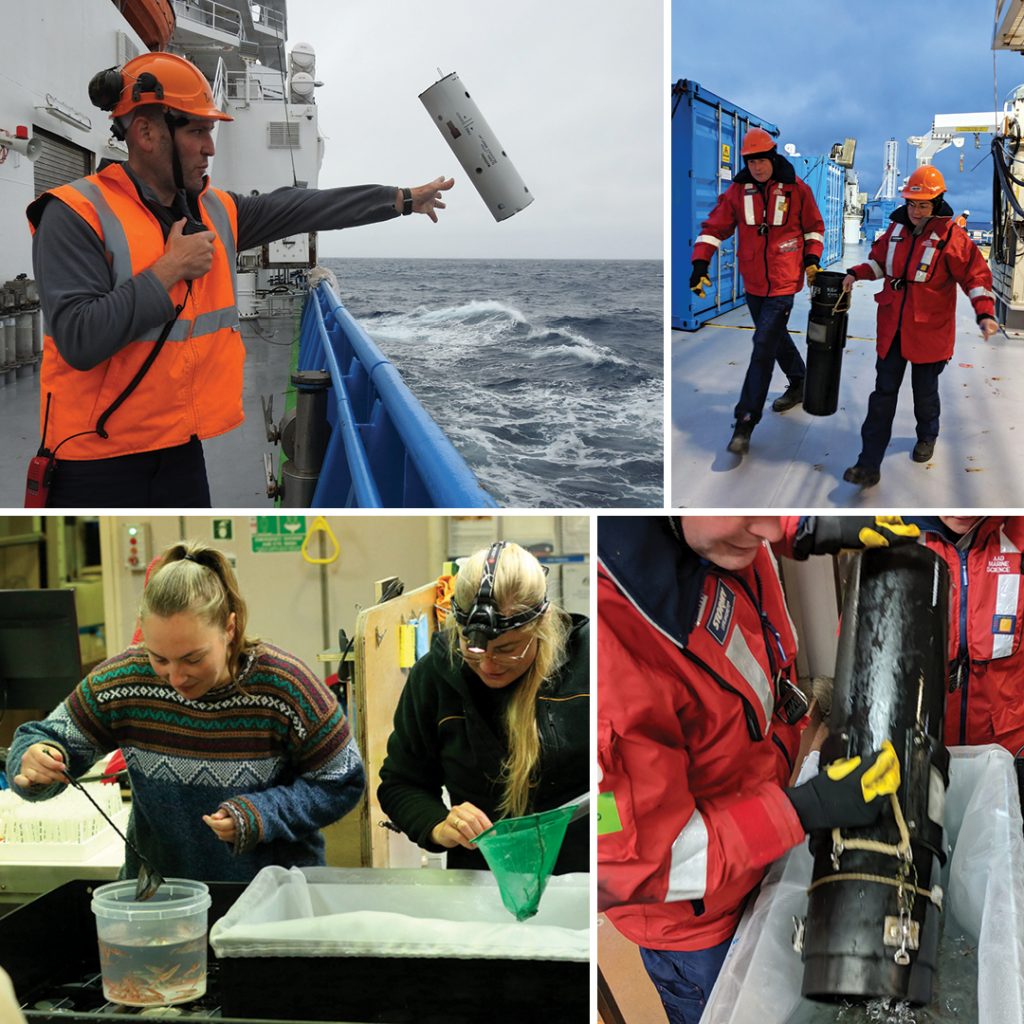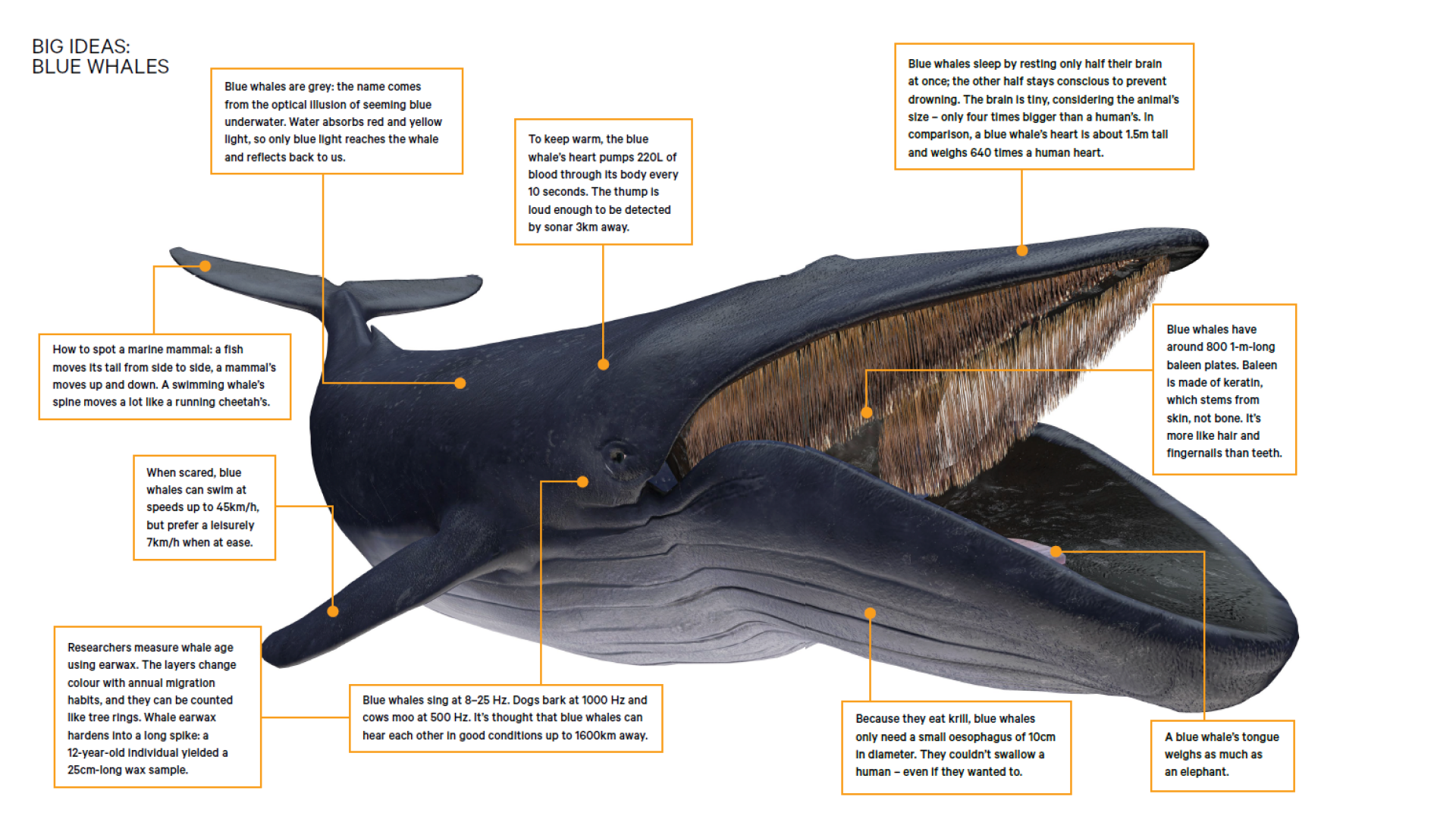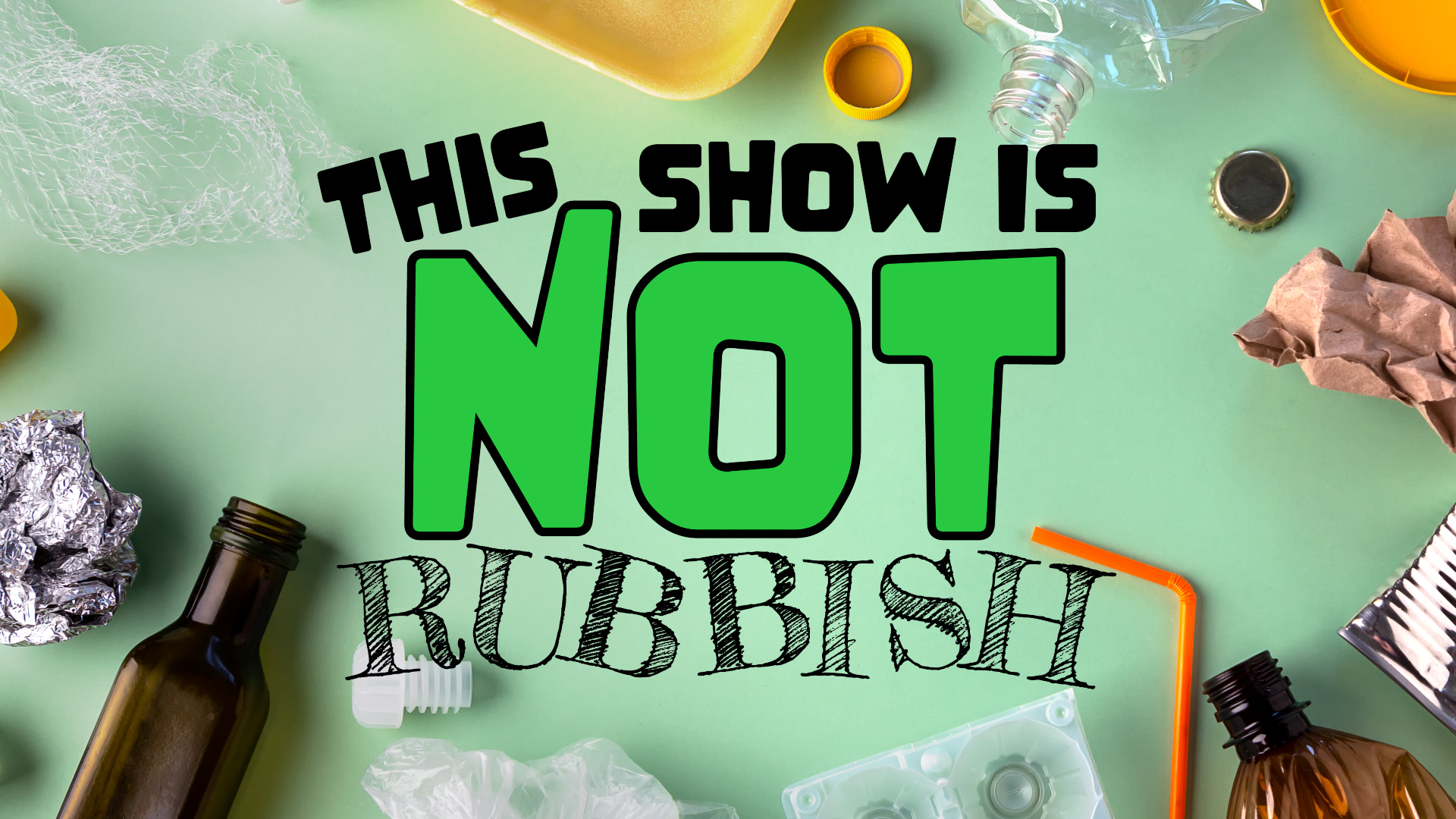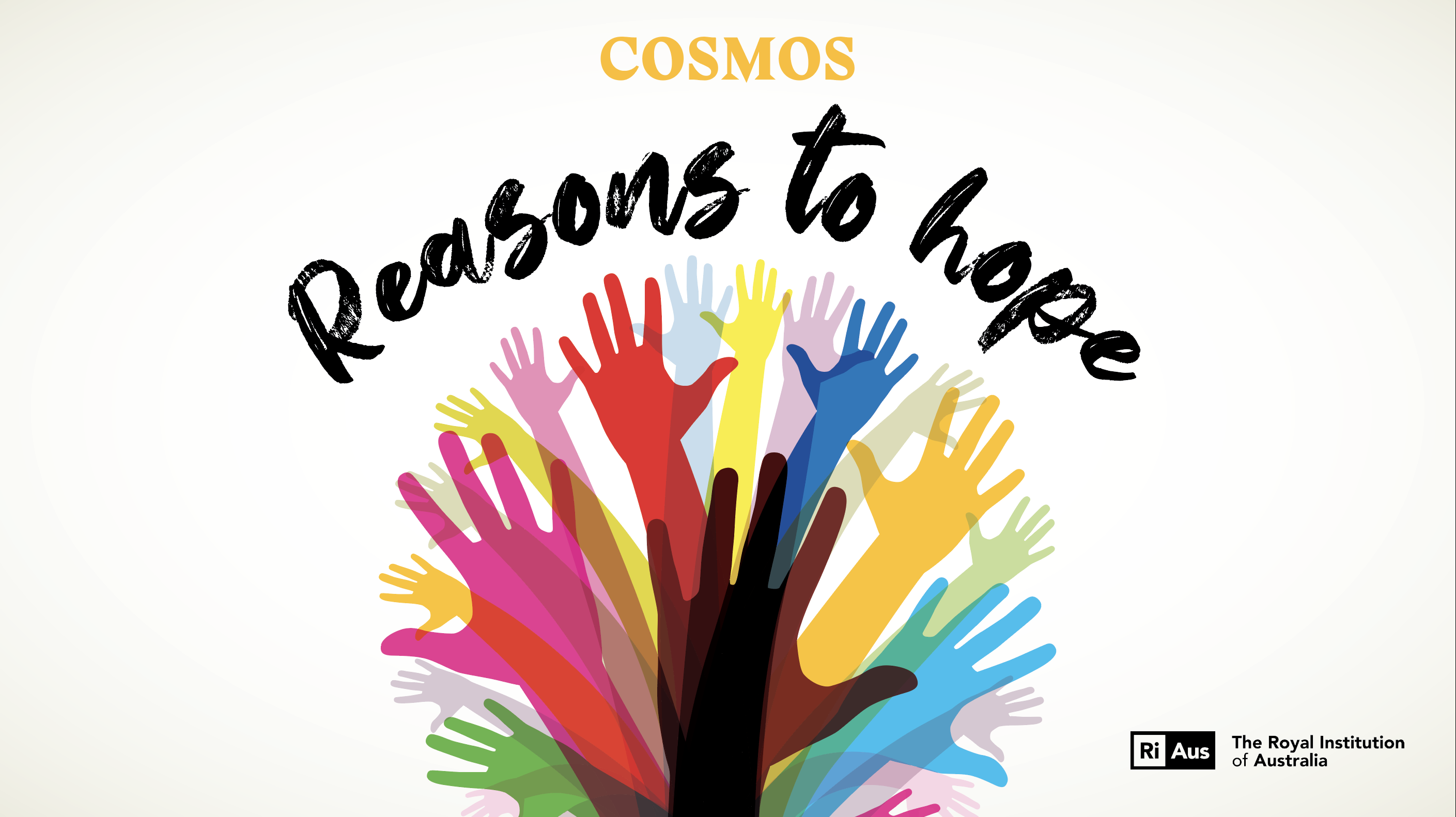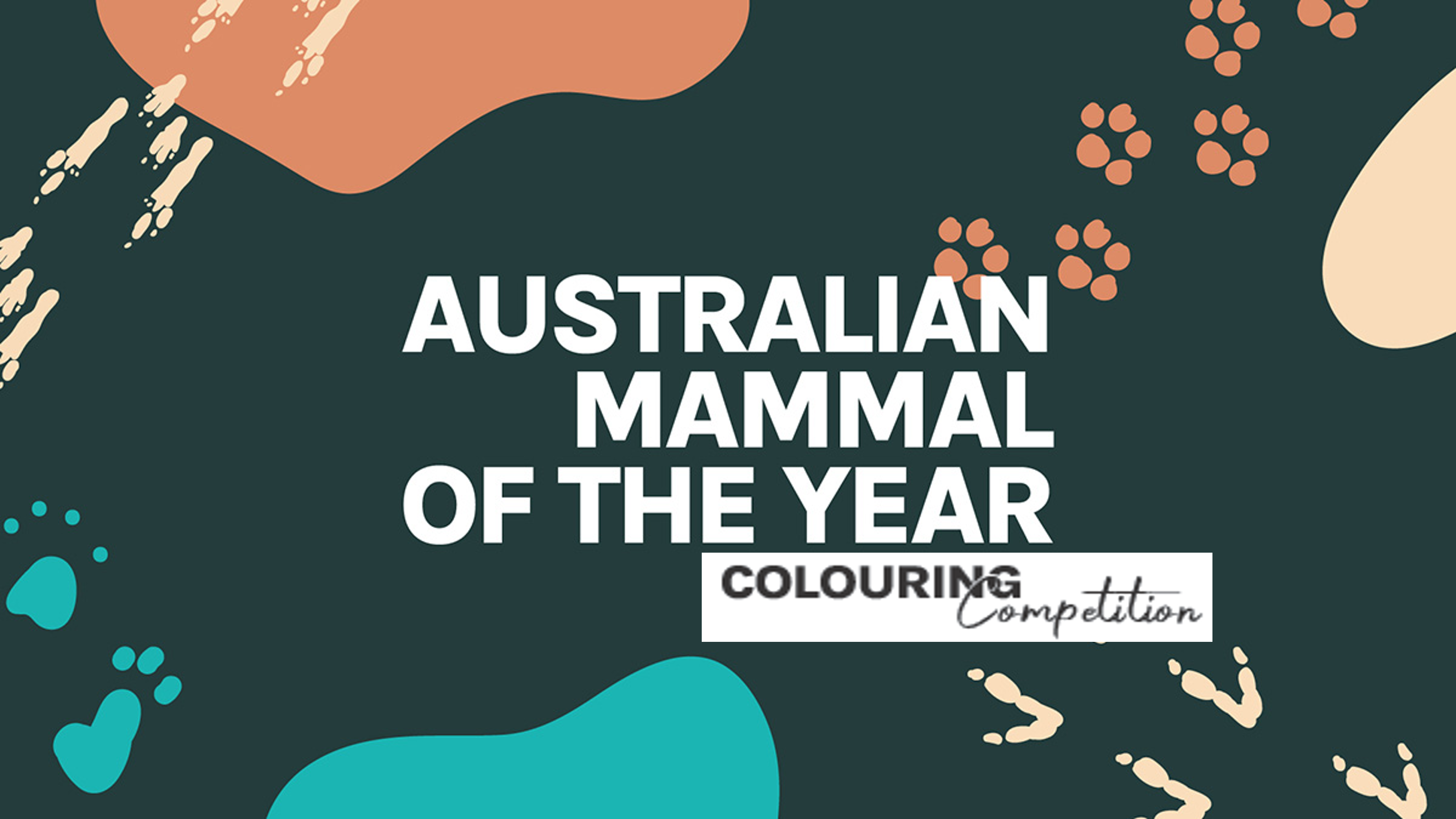Antarctica’s most iconic animals depend on the tiny, prolific and surprisingly charismatic krill. Andrew Bain reports on the research into this seemingly invincible crustacean and its now uncertain future.
Take a deep dive into the importance of Antarctic krill in this article from Cosmos Magazine. Find out about the research being conducted by the Australian Antarctic Division and the impact humanity has on these tiny species in this activity for Year 3-7 and 9 Biology students.
Word Count: 3000
In a laboratory beneath the long wings of the Australian Antarctic Division (AAD) in Hobart’s southern suburbs, krill biologist Rob King is lit by the glow of eight long tubes of radiant water. Each 120-litre tube, filled with billions of red or green Antarctic phytoplankton, gleams as luminously as traffic lights. If you didn’t know better, you might mistake them for sports drinks.
“They are sports drinks,” says King. “They’re sports drinks for krill.”
These tubes represent the largest volume of Antarctic phytoplankton outside the Southern Ocean. They’re a mesmerising sight, but the microscopic, single-celled plants aren’t here for their beauty. They’re here to feed the 40,000 Antarctic krill (Euphausia superba) that skitter about in tanks in the two adjoining rooms that make up the world’s largest krill aquarium.
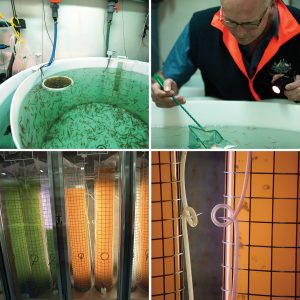
Now, King skims a small aquarium net across the surface of one of the 2000-litre tanks, scooping up krill and checking their transparent carapaces for signs of eggs. In a way, he’s checking the future health of the Southern Ocean. These eggs are crucial to our understanding of Antarctic krill’s resilience against a changing planet – and Antarctic krill are pretty much crucial to everything about the Southern Ocean.
There, the food chain is typically short and simple. Antarctic krill feed on phytoplankton (and smaller amounts of zooplankton), while the ocean’s charismatic megafauna – baleen whales, seals and penguins – feed on krill. In a year, up to half of the Southern Ocean’s krill is devoured by other creatures; a blue whale alone might eat four tonnes of krill in a day. And yet the krill population routinely replenishes itself.
Such resilience and the weight of numbers might suggest an invincibility, but there are very real and familiar threats to this massive population. Studies have found that oceans absorb more than 30% of global carbon dioxide emissions, converting them into carbonic acid – the weak acid found in carbonated soft drinks. Carbon dioxide dissolves better in cold water, meaning the frigid Southern Ocean has absorbed about 40% of those emissions. What impact is this acidification having on Antarctic krill and subsequently all of the ocean life that feeds on it? Finding the answer to that question has been the krill aquarium’s recent focus.
Tank Time
Watch a swarm of Antarctic krill swimming around, and these tiny crustaceans look touchingly fragile. Though they’re among the largest of the 85 known krill species, they grow only to about six centimetres in length, with transparent, prawn-like bodies and legs that treadmill frantically through the water. And yet they’re also thought to be the most abundant multicellular animal species on Earth.
A single Antarctic krill weighs about one gram, but the collective biomass of the species is estimated at up to 400 million tonnes. That equates to about 400 trillion Antarctic krill in the Southern Ocean, or about 52,000 for every human on the planet.
DID YOU KNOW?
A single Antarctic krill can eat more than one billion phytoplankton each day.
Like trees, the age of Antarctic krill can be determined by counting the band markings within their eyestalks.
“Most people don’t realise that there are thought to be more Antarctic krill on Earth than any ant or fly species,” King says. “It’s a colossal biomass. I once did a back-of-the-envelope calculation, and the biomass of humans came out similar to Antarctic krill.”
Dipping into this biomass each year are the AAD’s research vessels, which collect around 25,000 krill annually to stock the aquarium. Though scientists on the ships conduct research at sea, the presence of the Hobart aquarium allows for more longitudinal studies.
“The key thing this aquarium gives us is longterm research capability,” says King. “Krill aren’t sexually mature for two or three years after they’ve been spawned, so you can’t do everything you need to do in terms of krill research just on a voyage. You need to have them captive and be able to run multiyear experiments on them.”
Despite seven nations claiming parts of Antarctica, and more than 30 maintaining Antarctic research stations, there are only two Antarctic krill aquariums in the world – the one in Hobart and another inside a public visitor aquarium in the Japanese port city of Nagoya. The AAD aquarium is the only one devoted to scientific research.
“There have been many, many experiments here that have contributed to an increase of krill knowledge,” King says. “No one knew krill lived so long until we built the very first aquarium here. The oldest krill was something like 11 years old – his name was Alan.”
Today’s facility is a far cry from the aquarium’s origins in the 1980s, when the MS Nella Dan would return from Antarctica with a krill-filled bucket of seawater in a fridge. Some of the AAD’s first papers on krill came from this bucket science, but it was soon decided that more sophisticated lab equipment and aquarium structures were needed. In about 1993, just as King started at the AAD, a recirculating aquarium was built, holding up to 2000 krill in a room chilled to 0°C – comfortable for krill but not scientists.
“It was still essentially just a big fridge, and we all wore freezer suits in there and it was a horrible place to work,” King recalls. “You were actually in worse conditions than a lot of our people on stations in Antarctica, who were working inside.”
Six years later King began work on a new aquarium, which continues to operate almost two decades on. The lab’s air temperature is a comfortable 18°C, while titanium heat exchangers maintain the water temperature at around 0.5°C in a series of tanks with a total capacity of about 30,000L. It’s a complex and elaborate set-up, with light, temperature and biological filtration designed to replicate Antarctic conditions: “keeping the krill in the manner to which they’re accustomed,” King jokes.
Researchers in the aquarium quickly learned that adult krill can control the pH inside their bodies, countering the effects of acidification. Krill eggs, however, haven’t shown such flexibility, and so the eggs have become the focus of the ongoing research.
When krill arrive in Hobart, they’re placed into 2000-litre holding tanks in one room of the aquarium. In Antarctica, the intensely seasonal light dictates the krill’s reproductive states, so the room is divided into three light zones, allowing researchers to control and spread the timing of spawning.
In these tanks, scientists monitor the krill’s reproductive maturity stages. When a female fills with eggs – krill lay up to 7000 at a time – and looks ready to spawn, she’s transferred into a jar with a mesh grille across the bottom.
“When she spawns, the eggs sink through the mesh and you can collect them without her kicking the hell out of them, because their eggs are designed to sink in the Southern Ocean,” King says. “Krill eggs are spawned at the surface then sink a kilometre deep before they hatch and swim back over the next three weeks. If we didn’t have that mesh in the bottom, the female would hit them and they’d break up and wouldn’t hatch.”
The eggs are taken from the jar and hand-counted before being moved to tanks in the second room. Here the water chemistry is manipulated, creating up to six different concentrations of dissolved carbon dioxide, based on forecasts from the Intergovernmental Panel on Climate Change (IPCC) about future carbon dioxide levels.

The tanks are also adjusted to three different temperatures, replicating predicted warming scenarios that will be experienced by eggs as they sink in the Southern Ocean. By good fortune, the development of eggs is reliant on chemical changes rather than hydrostatic pressure – the weight of water and gravity – as they descend in the ocean.
“In the laboratory, we found that you just need a centimetre of water, give them the right temperature and don’t shake them about too much, and they’ll hatch,” King says. “So we haven’t had to replicate the hydrostatic pressure in the lab, which is a good thing because that would be an unpleasant safety concern.” (Hydrostatic pressure is one atmosphere at the surface, and 100 atmospheres at one kilometre depth.)
Research has revealed that krill eggs will start to be affected once the average atmospheric carbon dioxide level reaches and exceeds 1250 parts per million (ppm). Currently it sits at around 409ppm. Those two numbers might seem refreshingly worlds apart, but carbon dioxide levels are lower in the atmosphere than in the ocean, where organic material and dead creatures sink, carrying carbon down to depth.
“Supposing we have 409 ppm in the atmosphere at the surface, it quickly spikes to around 550 ppm at about 200 or 300 metres in the Southern Ocean,” King says. “If we have business-as-usual emissions to the year 2100, we’d end up with 950 ppm in the atmosphere and 1500 ppm at the hatching depth of krill.”
It doesn’t take a genius to work out what would happen to the krill population – and to every other marine creature that depends on it for sustenance – were that bleak scenario to unfold. But it does take a scientist.
Whale tales
Think krill and it’s likely that you automatically think whales. Ten whale species are found in Antarctic waters, six of which are baleen whales – they use keratin plates called baleen to sieve their small prey from the water. Antarctic blue whales feed almost exclusively on krill, so whatever affects the tiny crustaceans will inevitably also affect the largest animals ever known to have existed.
Research into krill can also mean research into whales. On the AAD’s most recent scientific expedition, the 2019 ENRICH voyage, the RV Investigator motored from Hobart with 28 international scientists aboard. They employed the tactic of using Goliath to find David – they tracked blue whales in order to find dense swarms of krill.
To do this, marine mammal acoustician Brian Miller dropped military-style sonobuoys into the ocean about every 30 nautical miles (55km). Antarctic blue whales are the loudest animals on the planet – albeit at a frequency mostly inaudible to humans – and even as the first sonobuoys were dropped just outside of Tasmanian waters, blue whales could be heard up to 1000 kilometres away. With enough sonobuoys in the water, Miller could triangulate the position and find the calling whales, which led them to krill swarms.
On this voyage, scientists used multibeam echosounders to create a three-dimensional model of one of these massive swarms – 400 metres long, 200 metres across and 100 metres deep. Even that was small compared to a krill swarm encountered on the AAD’s voyage along the Kerguelen Axis three years earlier.
“That was a nautical mile [1.85km] long and a nautical mile wide and about 100 metres thick,” King says. “We calculated it out at being 200,000 tonnes of krill. And around that school there were an estimated 100 humpback whales.”
These swarms were the focus of much of the ENRICH voyage’s work, with scientists trying to ascertain the characteristics of the particular swarms that attracted feeding whales. Antarctic blue whales, which grow to 170 tonnes, surge into a swarm and can take in one tonne of krill in a single gulp. But what draws them to one swarm over another?
“The interesting thing about whales is that they’ll target specific types of krill, and that’s what we were trying to work out,” says Elanor Bell, a microbial ecologist and the voyage’s deputy chief scientist. “We’re still going through the analysis, but a voyage on the [New Zealand research vessel] Tangaroa in 2015 showed very clearly that Antarctic blue whales, like humpbacks and fin whales, were targeting very dense but shallow krill swarms.
“They had to be quite high swarms – about 15 metres in height – but at a water depth of less than 30 metres, so the whales weren’t having to dive too deep for them. And they were very large, dense swarms with hundreds of cubic metres of krill. This is likely the most energetically efficient way for such large whales to feed.”
The voyage was also analysing the demographics of the swarms that attracted whales. For instance, is such a swarm mostly composed of juvenile krill, or is it rich in females with eggs?
“It might be that Antarctic blue whales particularly like female krill because [females] get super fat and translucent,” King says. “They get full of this oily mass of eggs and they’re a far greater energetic boon than a standard krill juvenile or a male krill, for example. They’re literally like krill-oil tablets swimming around the ocean.”
The voyage’s research wasn’t only about what Antarctic krill do for whales; it also looked at what whales might be doing for krill. Bell and her colleagues conducted the first in-field experiments on whale faeces to test a theory that cetaceans fertilise the ocean with iron. In a beautifully circular process, whales are thought to eat krill, which are rich in iron, and then excrete the metal, which promotes the growth of krill’s primary food source, phytoplankton.
“The seals and penguins, everything that’s pooing is driving this process,” Bell says. “But because whales consume so much, it’s an enormous recycling process. Whales are like big gardeners, effectively fertilising their environment to help grow their own food. There’s a hypothesis that when there were a lot more whales, the Southern Ocean was more productive because there was a lot more fertilisation and a lot more iron.”
To test the faeces, the scientists found an aggregation of Antarctic blue whales and dropped a drogue (a funnel-shaped water sampler) into the ocean, following the currents around the water assumed to be faeces-enriched. For five nights, scientists sampled water from the drogue, analysing bacteria and phytoplankton growth. They also regularly sampled other areas – those with whales but no krill; those with krill but no whales; those with no whales or krill – to compare a matrix of measures.
“There are few results fully analysed yet, but it’s pretty clear that bacteria and phytoplankton production does go up when you’ve got fertilisation and iron in there, and photosynthesis can increase as well,” Bell says. “The fertilisation hypothesis is that if the number of whales continues to increase, we will hopefully observe increased productivity in the ocean.”
Fishing for krill
Whales, seals and penguins aren’t Antarctic krill’s only predators. Krill is far and away the biggest of the Southern Ocean’s four commercial fisheries, with its rapid development from the 1960s to 1980s leading to the establishment of the Commission for the Conservation of Antarctic Marine Living Resources (CCAMLR). The Hobart-based organisation aims to conserve Antarctic marine life, which includes setting and monitoring catch limits for Antarctic krill.
“There was genuine concern that if the overharvesting of whales and seals that had occurred in the previous 100 years moved to krill, we were looking at a serious impact on the whole ecosystem,” says Dirk Welsford, CCAMLR scientific chair and AAD acting chief scientist.
In recent years, with the advent of krill oil as a nutraceutical, annual krill catches have been on the rise, reaching 390,000 tonnes in 2019. That’s only about 0.001% of the biomass, but up almost 80,000 tonnes on the previous year. The annual catch limit for Antarctic krill across the Southern Ocean is 5.6 million tonnes, but it’s currently capped at 620,000 tonnes because krill-fishing vessels are predominantly working in a small area off the tip of the Antarctic Peninsula where krill concentrate – possibly because of oceanography and two converging current systems.
THE GOOD OIL?
In the early days of krill fishing, the crustaceans were caught with an eye to human consumption and food security. But their shells were found to have high fluoride levels, making them expensive to process.
Instead, krill were used as feed for aquaculture, and later for krill oil. Some of the modern krill fishing vessels double as efficient factories, pressing and processing the krill on board, arriving in port with krill-oil concentrates ready for tablet production. Roam any major supermarket today and you’ll find krill-oil tablets on the shelves.
“The claims on the back are that it helps with some joint pain, and there’s certainly some data to say that it does,” says University of Tasmania epidemiologist Laura Laslett, who’s running a randomised control trial into the effectiveness of krill oil as a treatment for osteoarthritis. To date, such research into krill oil’s efficacy has been minimal, limited to short trials lacking in information about any adverse effects. Laslett’s six-month trial has targeted 260 people with high levels of osteoarthritic inflammation.
“We know that krill oil is good at targeting inflammation, so we think that if it’s going to be effective for people with knee osteoarthritis and
knee pain, it’s most likely going to be effective for those who have inflammation,” Laslett says.“We know fish oil doesn’t work for people with knee osteoarthritis, but the chemical structure of the fatty acid differs between fish oil and krill oil, and krill oil contains antioxidants that fish oil doesn’t.”
Inevitably, it’s also where the predators want to go, so a CCAMLR observer travels on each fishing vessel, of which there are less than a dozen. The AAD has recently written software for CCAMLR to map the distribution and demands of the wildlife. This will enable decisions about where the fishery goes to access krill while minimising the overlap and risk to predators.
“That’s all finally being brought together, and through a multinational research collaboration we’re very, very close now to being able to say where we think the main predator demand is around the peninsula,” says Welsford.
“We all want to have the charismatic megafauna that are adapted to having krill. And, of course, they just won’t be here if the loss of the krill continues.”
With that, management measures can be instituted that permit the fishery to grow, but also allow the planet’s most prolific inhabitant, and the ocean of life that relies on it, to continue to flourish in such mind-boggling numbers.
Future shock
But it turns out krill may have a bigger threat to cope with. Back in the aquarium, scientists have revealed the danger to krill from rising carbon dioxide emissions.
“We had no idea krill were so vulnerable to ocean acidification,” King says. “We’ve shown here that if we do nothing to change the rate of increase of carbon dioxide emissions, by the end of this century half the krill eggs in the Southern Ocean won’t hatch. They’ll just keep sinking. And by the year 2300, when it’s way above 950 ppm in the atmosphere, only two percent of the eggs would hatch.”
King, who’s returning to Antarctic waters this summer on the AAD’s Tempo voyage, speaks the plain truth about this ubiquitous creature he finds to be not plain at all. “They’re fantastic creatures; absolutely beautiful,” he says.
“We all want to have the charismatic megafauna that are adapted to having krill. And, of course, they just won’t be here if the loss of the krill continues.”
This article was written by Andrew Bain, freelance writer and editor in Hobart for Cosmos Magazine Issue 89.
Cosmos magazine is Australia’s only dedicated print science publication. Subscribe here to get your quarterly fill of the best Science of Everything, from the chemistry of fireworks to cutting-edge Australian innovation.
Login or Sign up for FREE to download the educational resources

